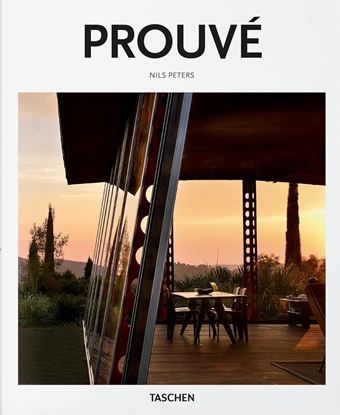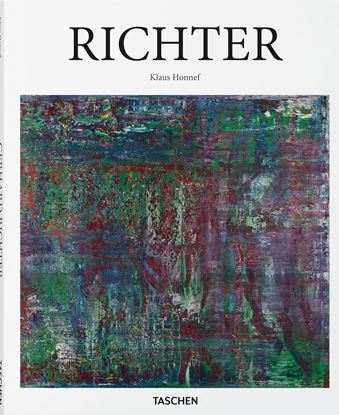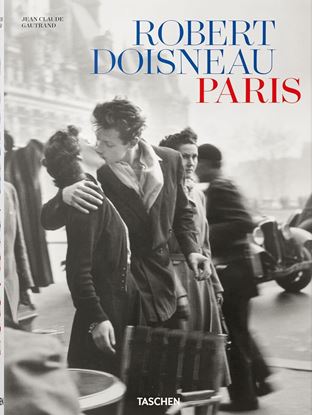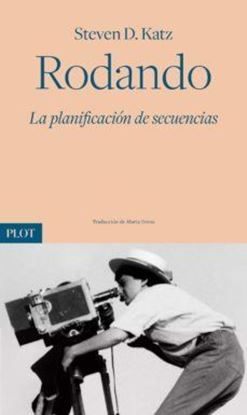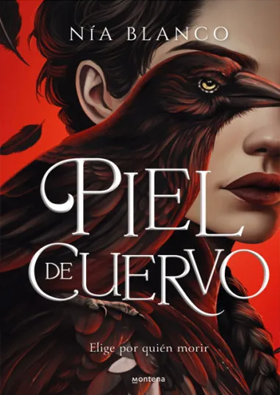

PROUVE (BASIC ART EDITION)
French-born Jean Prouvé (1901–1984) was the 20th century’s leading construction designer, a self-declared constructeur and member of the jury who oversaw the design of the Centre Pompidou in Paris. As a designer, he captured the midcentury spirit of innovation, expansion, and growth, developing techniques that united simple, striking aesthetics with practical, cost-effective materials and assembly.From vast, temporary exhibition marquees to handheld letter openers, modular building systems to interior lighting, Prouvé’s designs efficiently fitted their function with minimal fuss and understated elegance. Feted by designers, architects, and engineers the world over, Prouvé has left a rich and inspirational legacy, which resonates perfectly with the approach of this compact volume, neatly summarizing his life and works.
1,350
RETRATARTE. CUANDO CADA MIRADA ES UNA HI
Carlos del Amor va un paso más allá en el viaje a través de los cuadros que emprendió con Emocionarte. Esta vez se centra en el retrato, un género que le permite recrear las vidas de los retratados y de los artistas, y cómo estos últimos también se retratan en su forma de pintar. La elección de sus modelos o los retratos de encargo, la fidelidad realista al retratado o la percepción de este por parte del artista, el autorretrato que tantos practican, quiénes eran los modelos y qué vidas llevaban, las dificultades de acogida de la obra por parte de quien la encarga o por el público, forman parte de la historia íntima de estas obras que iremos descubriendo en el libro.
Con su característico estilo literario, Carlos del Amor nos muestra un mundo detrás de cada cuadro y, de nuevo, nos revela que han sido muchas las mujeres artistas, y muy poco conocidas hasta ahora.
995
RICHTER (BA) (GB)
An encounter with Gerhard Richter, the German artist who widened horizons in the relationship between painting and reality. From early photographic paintings, along with his famous RAF cycle, to late abstract paintings, experiencing Richter’s work always offers us the unexpected and unseen. Where he once set out to liberate the medium from ideological ballast, today, faced with the overwhelming presence of digital images, he shows us the unsurpassed impact and intensity of painting. A definitive introduction to one of the greatest artists of our time spanning not only his entire career, but also 50 years of cultural, economic, and political events.
1,350
ROBERT DOISNEAU. PARIS (FO) (INT)
As sensitive to human suffering as to the simple pleasures of life, Robert Doisneau is one of the most celebrated exponents of the Photographie humaniste that swept through the 1950s. Cherished in particular for his soulful portraits of Paris, Doisneau demonstrated a unique ability to find – and perfectly frame – charismatic characters, entertaining episodes, and fleeting moments of humor and affection.
3,300
RODANDO. LA PLANIFICACION DE SECUENCIAS
RODANDO` ES EL COMPAÑERO PERFECTO PARA LOS CINEASTAS DUDOSOS TRAS LAS CÁMARAS. A LO LARGO DE SUS PAGINAS STEVEN D. KATZ ABORDA LA PLANIFICACIÓN DE SECUENCIAS DESDE TODOS LOS PUNTOS DE VISTA Y LAS CIRCUNSTANCIAS DE LA PRODUCCIÓN SIEMPRE DE UNA FORMA AMENA Y EMINENTEMENTE PRACTICA. ANTICIPA TODOS Y CADA UNO DE LOS PROBLEMAS CON LOS QUE SE ENCONTRARA EL DIRECTOR AL LLEGAR AL RODAJE: LA COREOGRAFÍA DE ACTORES Y CÁMARA LA ELECCIÓN DEL MATERIAL LA FORMA DE ECONOMIZAR TIEMPO Y RECURSOS LOS ASPECTOS RELATIVOS AL DISEÑO DE DECORADOS Y ELECCIÓN DE LOCALIZACIONES. ADEMAS LAS ENTREVISTAS A ALGUNOS DE LOS PROFESIONALES QUE AYUDARON A LA CREACIÓN DE PELÍCULAS COMO `TERMINATOR` `LOS PAJAROS` `EL GRADUADO` `E.T. EL EXTRATERRESTRE` O `TAXI DRIVER` COMPLETAN ESTE VOLUMEN.
1,995

